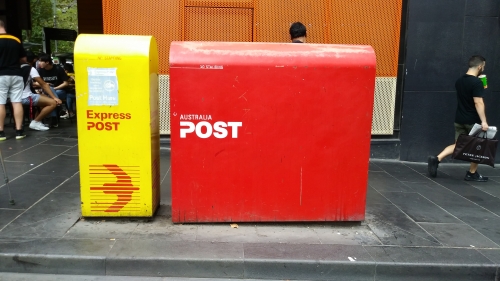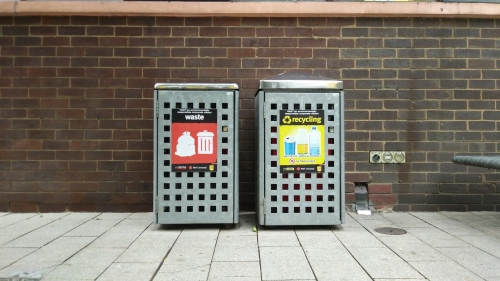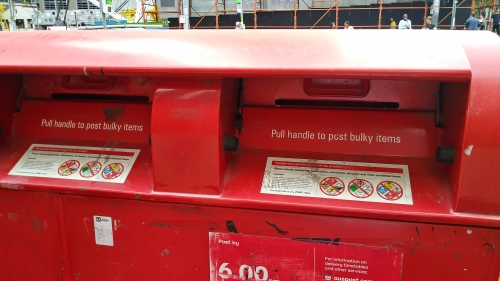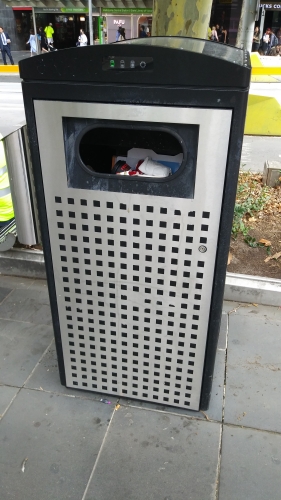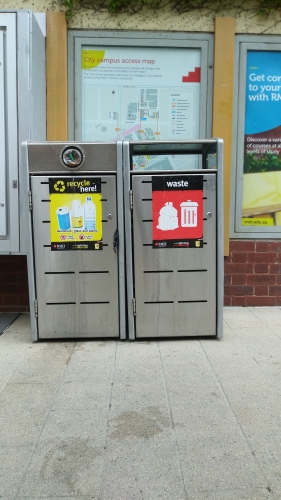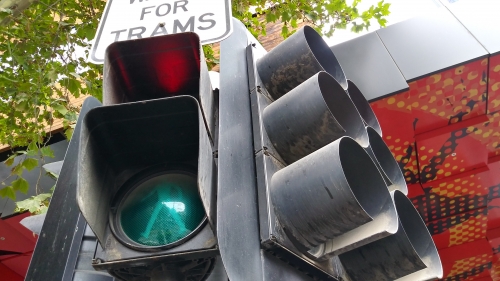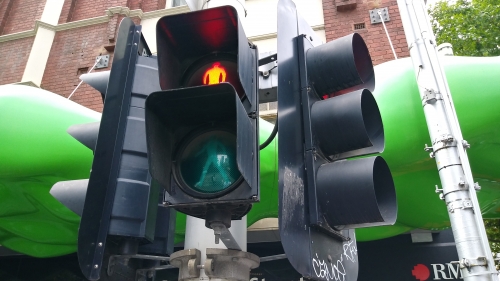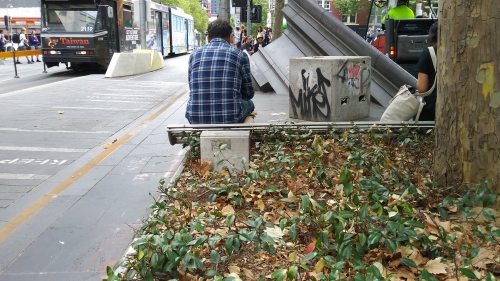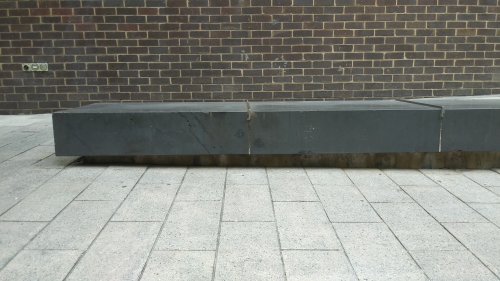
SCROLL TO BOTTOM FOR REFLECTIONS
Context:
Our objects are a functional necessities to our social process, but also have cultural biographical relevance that we cannot fully comprehend at just one point in their existence (Kopytoff 1986). My context for this exercise will be the consideration of objects as anthropological artefacts that have everyday value according to our use of them, while simultaneously becoming invested with social and historical meaning through the interactions they are caught up in.
Kopytoff, I. 1986.The cultural biography of things: commoditization as process. The Social Life of Things: Commodities in Cultural Perspective (ed. A. Appadurai). Cambridge: Cambridge University Press. pp. 64-91.
Gosden, C. and Marshall, Y. 1999. The cultural biography of objects. World archaeology, Routledge Taylor & Francis Group. 31(2), pp.169-178.
Method:
I will investigate designed objects around our city that may endure as culturally significant artefacts, should some archeologist stumble across them thousands of years from now.
Response:
As I wandered the city, I tried to consider those might reflect upon our culture in the future. However, I realized I was far more stimulated by those designed urban objects that, once removed from the context of our interaction with them, would have little to no cultural biographical relevance to future observers. I was intrigued by the idea that the understanding of an object in current everyday use might be shifted once considering form alone. I found myself imagining a post-apocolyptic future in which humans had regressed back to a new Dark Age. If our current understanding of technology, infrostructure and urban development were lost, what would these people find most fascinating? What objects would endure long enough to be considered? Would these objects be considered in different ways once removed from the context of our current understanding of them?
As hypothesized by Arthur C. Clarke, "any sufficiently advanced technology is indistinguishable from magic". So, what magics would be our cultural legacy?
Firstly, I considered objects that would endure through time due to their material makeup. Steel objects are commonplace in our society, but fewer are more prevalent than the rubbish bin. Rubbish bins are an intriguing artefact, as they are shaped directly by our interaction with and consideration of them. As an object, they are quite simply a container. A vessel for other objects. We make them rubbish bins by putting rubbish in them. Their design is very simple, yet they are symbolically significant as reflections of our consumer cultural ideology. Also similar in construction is the post-box. This object has a near-identical makeup to a bin, but our interactions with it shape the nature of the object and its cultural relevance. Would we be able to differentiate the two objects without this cultural context?
Secondly, I considered concrete, which is a truly remarkable material. It is essentially a compound that can be poured like water and shaped to one's whim before setting into stone, which I like to think would have blown the collective minds of a more basic civilization. It is not a new material in construction, with early recorded use dating back to 1400BC Greece. However, the revolution of reinforced concrete has greatly shaped our developing urban environment. Beyond the obvious use in constructing buildings, I tried to regard some other ways we interact with concrete on an everyday basis. Most immediately notable to me was the delineation of areas in the road, and the construction of meeting places. Without the understanding that roads were for shared use by bikes, cars and trams, the concept of traffic islands might seem rather strange.
Finally, while observing the flow of traffic through the Swanston and LaTrobe intersection, I became fixated on traffic lights as and our reverent respect for them as an object. The seamless way in which they safely manage huge quantaties of traffic is a marvel, but is also largely determined by our interaction with them. If we were to collectively abandon the global social contract to obey this technology, chaos would ensue. It also demonstrates a huge amount of trust in technology as infalliable, which I think itself speaks volumes of our current culture.
Reflection for Folio:
The way I set about this exercise was rather similar to my response to Week One’s theme of Observation. At this point, I was considering ‘objects’ as being mostly designed. If they are designed, it follows that they were considered themselves before being constructed. Following their construction, they become a functional (or not, depending on the quality of the design) aspect of our society. In the same vein as Week One, I supposed that the materials used in an object’s construction might themselves be powerful instructional tools about society. After looking into the importance of objects as cultural artefacts, I realized the facets of designed objects that most fascinated me were their makeup and materiality. Thus, I went out into the city with little plan other than the observe the constructed environment around us, and let my response emerge naturally.
At this point in my reflection, it is becoming clear that a focus upon (or preference for)
beauty, quirks of materiality, design, and reflective observation is emerging from my work as a common thread. This is interesting, as my current animation project (in Illusion of Life) has reached a turning point where a re-evaluation of texture and material is proving necessary for further progress. This merits further consideration, so perhaps I shall look to ways of combining or collaging real-world objects and materials in my future practice.
About This Work
By Evan McInnes
Email Evan McInnes
Published On: 20/03/2019
